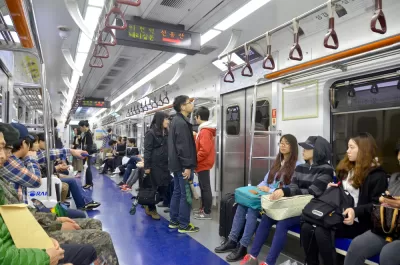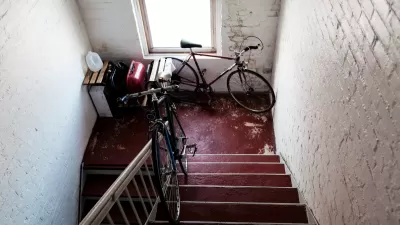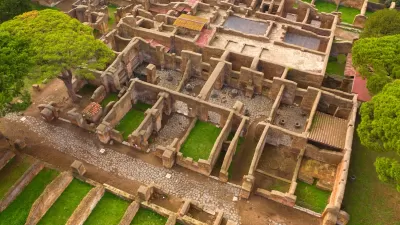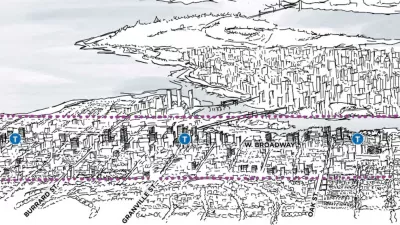South Korea's capital enjoys better stations and more complete coverage from a train system that gets less of its money from government subsidies and charges lower fares.

"[A] typical Seoul subway station is equipped with amenities and an attention to detail unknown to most American cities," Kelly Kasul claims in an article for Mic. The train stations are lively and pleasant, passengers can browse an underground bazaar: flower stands, convenience stores, jewelry kiosks, shoe bins and people in aprons cooking hot street food, such as rice rolls or spicy fish cakes," Kasul reports. But the trains themselves are also more accommodating, easier to navigate and exceptionally comfortable. "The same map is often visualized in different ways, so that even the most hopeless navigator can find their path. And once on the train, passengers are still able to get cell service and Wi-Fi, in addition to enjoying an air-conditioned climate in the summer, heated seats in the winter and a lively jingle that comes on to announce transfer stations," Kasul writes.
High ridership rates for the city's trains means that while the fares are cheaper (about $1.10 one way) than America cities like New York, Chicago, or Boston, the system doesn't need the level of government subsidy that those cities' train systems require.
FULL STORY: The future of transportation is in Seoul, South Korea. Americans Should Pay Attention

Study: Maui’s Plan to Convert Vacation Rentals to Long-Term Housing Could Cause Nearly $1 Billion Economic Loss
The plan would reduce visitor accommodation by 25,% resulting in 1,900 jobs lost.

North Texas Transit Leaders Tout Benefits of TOD for Growing Region
At a summit focused on transit-oriented development, policymakers discussed how North Texas’ expanded light rail system can serve as a tool for economic growth.

Why Should We Subsidize Public Transportation?
Many public transit agencies face financial stress due to rising costs, declining fare revenue, and declining subsidies. Transit advocates must provide a strong business case for increasing public transit funding.

How to Make US Trains Faster
Changes to boarding platforms and a switch to electric trains could improve U.S. passenger rail service without the added cost of high-speed rail.

Columbia’s Revitalized ‘Loop’ Is a Hub for Local Entrepreneurs
A focus on small businesses is helping a commercial corridor in Columbia, Missouri thrive.

Invasive Insect Threatens Minnesota’s Ash Forests
The Emerald Ash Borer is a rapidly spreading invasive pest threatening Minnesota’s ash trees, and homeowners are encouraged to plant diverse replacement species, avoid moving ash firewood, and monitor for signs of infestation.
Urban Design for Planners 1: Software Tools
This six-course series explores essential urban design concepts using open source software and equips planners with the tools they need to participate fully in the urban design process.
Planning for Universal Design
Learn the tools for implementing Universal Design in planning regulations.
Ascent Environmental
Borough of Carlisle
Institute for Housing and Urban Development Studies (IHS)
City of Grandview
Harvard GSD Executive Education
Toledo-Lucas County Plan Commissions
Salt Lake City
NYU Wagner Graduate School of Public Service





























